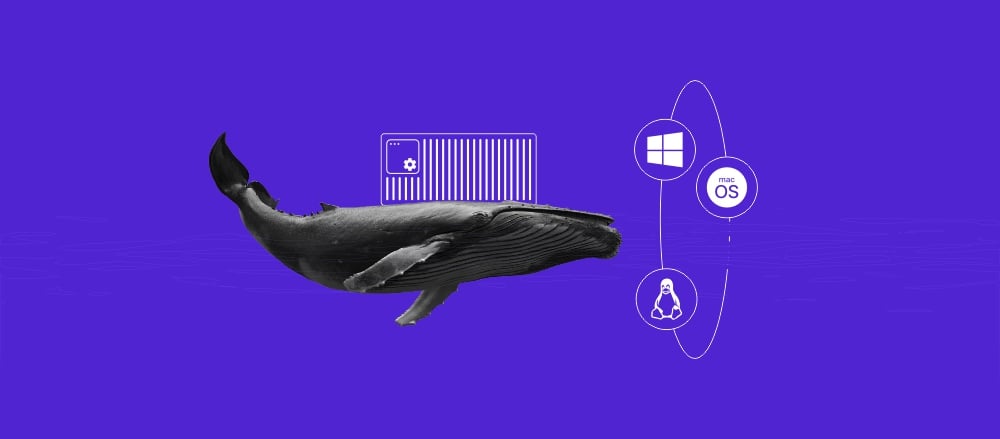The WordPress wp_insert_post function allows you to insert custom posts into your website’s database using code. With this powerful tool, you...
ERR_SSL_PROTOCOL_ERROR is a common issue users face when a website fails to establish a secure connection. This error typically arises due to problems...
Docker is a revolutionary open-source platform, reshaping how we build, deploy, and manage software. The Docker container technology enables...
If you’re tired of playing the vanilla version of Minecraft and want to try something new, consider installing custom mods. They can transform your...
Using a content delivery network (CDN) can enhance your WordPress site’s performance. A CDN service distributes the site’s static content...
22 Feb •
WordPress
•
Setup
•
Knowing different ways to log in to your WordPress website is essential. If the usual way fails, you can still gain access to your website using an...
Efficient email management is a vital part of professional communication. Part of this is adding an email account to your Mac Mail app, which is...
Encountering PR_END_OF_FILE_ERROR in your Mozilla Firefox browser is frustrating, especially when you’re trying to access a secure website....
Imagine a visitor is about to make a significant purchase or access a service on your website. Instead of reaching the desired page, they’re...








